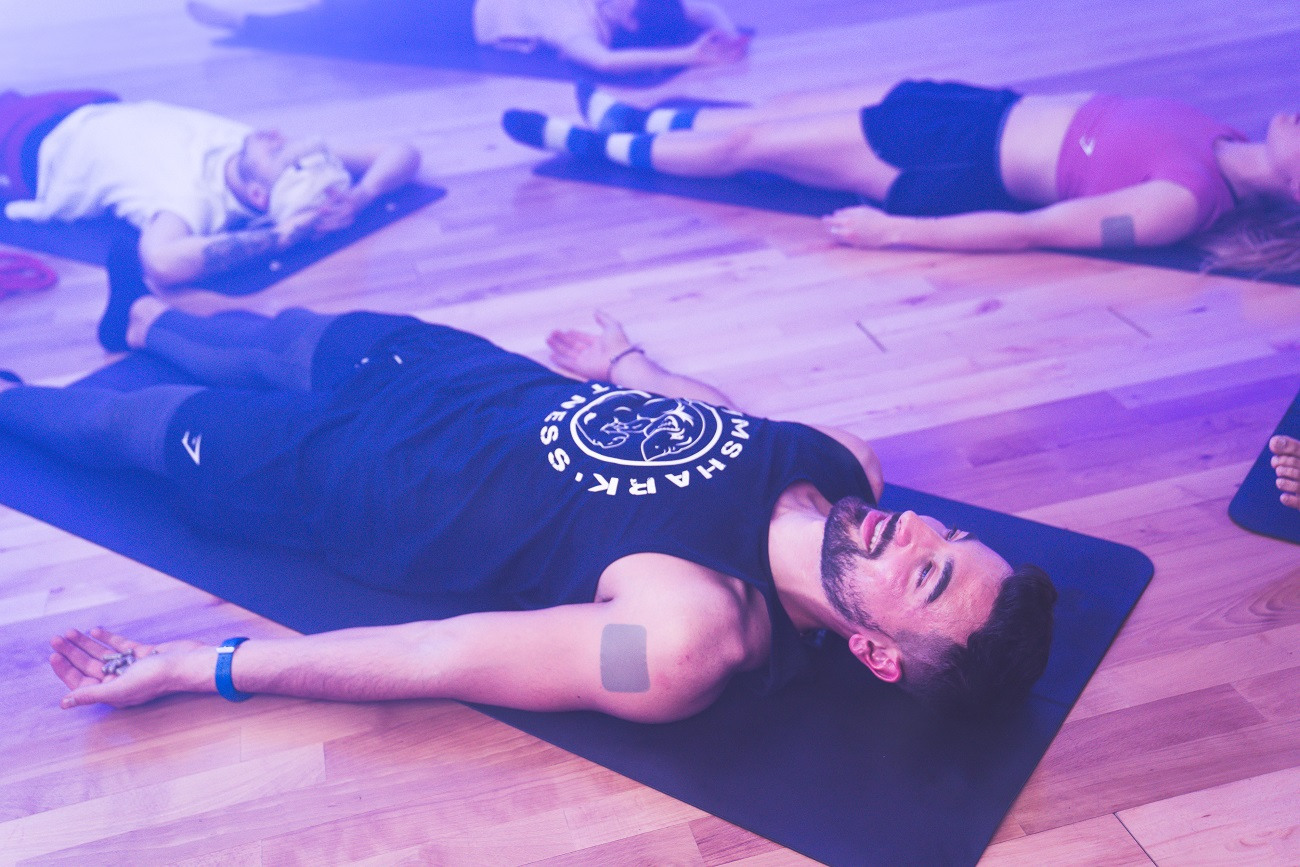Overcoming Winter Woes: Treating the symptoms of Seasonal Affective Disorder
20th February
We all know ‘January Blues’ is a thing. But when it’s almost March and you still wake up each morning feeling like you can’t cope with anything, let alone your pre-work training session? You can’t help but wonder if something’s up. Like many others, guest blogger Kimberly Hayes used to try and shrug off her symptoms. But after several discussions with her doctor, she discovered that there was in fact a very real reason why she kept feeling so terrible at this time of year. And even more surprisingly, that there may be millions of us who are also suffering from the same condition – without even realising it.
At one time or another we’ve all wanted to pull the covers over our head on a frosty morning, rather than face another day of cold temperatures and iced-over windshields. But for people with Seasonal Affective Disorder (SAD), just getting out of bed at all and confronting a cold, dark winter’s day can be completely overwhelming, enough to cause depression and a debilitating lack of motivation and optimism.
According to Psychology Today, SAD affects approximately 10 million Americans every year. It’s a condition associated with a lack of exposure to sunlight, a deficiency that has a notable effect on brain chemistry, including heightened levels of the hormone melatonin. Anxiety, depression, sudden mood shifts, sleep deprivation and loss of appetite are just a few of the symptoms that manifest in those who are affected. Fortunately, there are a number of tactics that can help anyone who suffers from this seasonal affliction.
Get outdoors
It may be winter and the days are short on sunshine, but it’s still important for a SAD sufferer to get outside for maximum exposure to natural light. Even being outside on an overcast day can produce positive results, so make a point of getting outside for a walk every day or even go for a short drive. Unfortunately, spending day after day inside under the glare of light bulbs is ineffective at alleviating the symptoms of SAD. If you work indoors for eight hours a day (or more), try to get outside during lunch, if only for 15-20 minutes or so.
Maximize exposure to sunlight
For someone showing the signs of SAD, exposure to external light is important. An office worker whose desk is nowhere near a window or skylight should seek ways to relocate to a new space or to work from a conference room or other area with windows, at least for a couple of hours, or as often as possible. If necessary, rearrange furniture (at work and home), clear away any branches or external obstacles blocking sunlight, and keep curtains and blinds open throughout the daylight hours.
Phototherapy
Phototherapy, also called bright light or white light therapy, is probably the best-known and most effective single form of treatment. The individual sits facing a light box containing a bank of fluorescent light bulbs of up to 10,000 lux for 30 minutes per sitting. Regular exposure to this substitute for sunlight is thought to slow the brain’s production of melatonin and gradually alleviate depression. It’s important that the patient not wear any eye covering that could impede the light as it passes through the retina and into the brain, where it stimulates natural circadian rhythms.
Alternative treatments
Of course a lack of exposure to sunlight isn’t the only cause of depression during the winter. Research has shown that brain inflammation may cause mental health issues, including anxiety and depression, and that cannabidiol, also known as CBD, can help counteract the problem. CBD, a compound found in cannabis, has anti-inflammatory properties useful in the treatment of patients suffering from pain, anxiety and depression. (Get yourself booked into our Cannabliss class to experience the benefits yourself!)

Activities
The more you can do to stay active each day, the better it will be for your mood and energy levels. Doing things with friends, even simple activities like walking or going out for coffee, can be very helpful. Introspective pursuits, such as journaling and meditation, have been known to help and new findings about the relationship between the gut and mental well-being means that an emphasis on gut health may help alleviate mental suffering.
Somehow, winter always seems like the longest season - the long, dark days, the cold and precipitation take a psychological toll on many people. For those coping with SAD, it’s a struggle just getting through each day. Natural light and, if necessary, the intervention of a healthcare professional, can help someone with SAD learn to overcome the consequent depression and mental/emotional sluggishness through a variety of means.